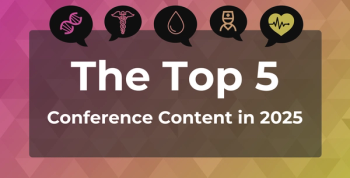
Improving Consumer Health Management With CDHPs
Despite concerns, consumer-driven health plans do not cause vulnerable populations to avoid care, but there are still opportunities for them to use their plans more wisely, according to a Cigna study.
A study of consumer-driven health plans (CDHPs), demographics, income levels, medical claims, account information, and account spending was able to dispel some misconceptions about CDHPs, such as the concern that this plan design causes vulnerable populations to avoid care.
Cigna’s new white paper,
“The good news is that concerns of the effect of CDHPs on vulnerable populations may be unwarranted,” Aneesh Kumar, vice president in charge of Cigna’s enterprise product solutions,
Lower income individuals or those with a chronic illness are not avoiding care, although there are opportunities for them to use their plan more wisely. Cigna found that the lower income population would benefit from additional education around seeking appropriate care.
Overall, households with smaller total contributions into their health savings account, regardless of the income levels found in their neighborhood, exhibited poorer health management, according to the findings. For example, these individuals had more hospital admissions, more avoidable emergency room visits, fewer preventive care visits, and a marginally greater total medical cost trend.
Cigna also looked at how well consumers transitioned to the CDHP by dividing the population into spending quartiles based on their spending in a traditional plan. Since all consumers should have lower expenditures in a CDHP, everyone should stay in the same spending quartile. However, Cigna has found that many people switch spending quartiles during their first year after transitioning to a CDHP. A successful transition to the CDHP was measured as the year in which customers returned to their relative spending baseline.
After analyzing 5 years of data, Cigna found that 44% of customers successfully transitioned immediately, another 32% took 2 to 4 years to return to baseline, and the remaining 24% had yet to return by their fourth year in the CDHP.
Newsletter
Stay ahead of policy, cost, and value—subscribe to AJMC for expert insights at the intersection of clinical care and health economics.








































